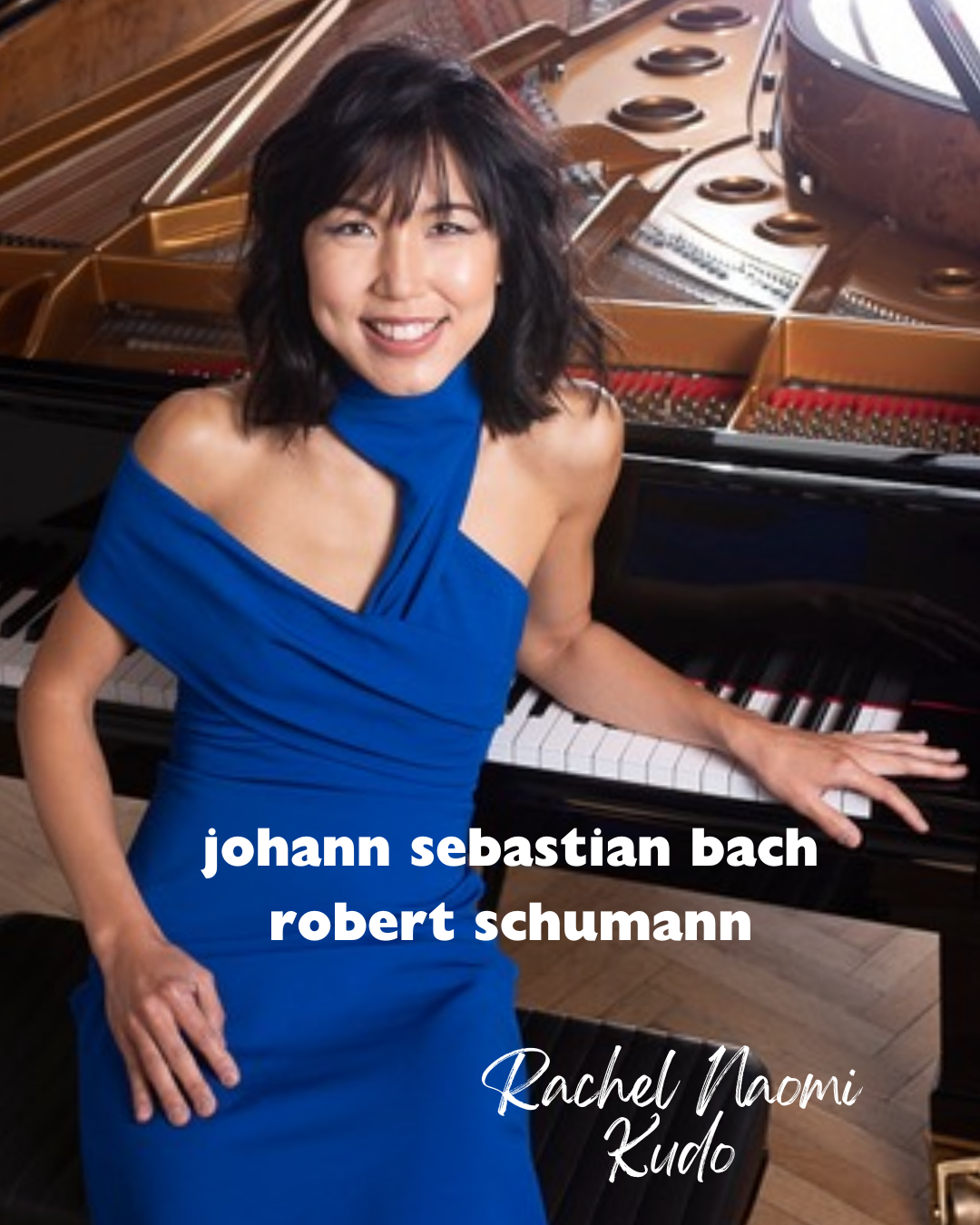
Discography
Kudo Plays Schubert Sonata D.960 (2021)
Kudo Plays J.S. Bach Goldberg Variations (2021)
Bach French Overture BWV831 in B minor
Mozart Sonata K.576 in D major
Marc-André Hamelin Suite à l’ancienne (Suite in the old style) (2020)
Kudo Plays Bach, Mozart, Hamelin (2020-21)
Alban Berg Sonata Op.1 (2019)
J.S. Bach Partita No.1 in B-flat major BWV825 (2022)
Ludwig van Beethoven Diabelli Variations Op.120 (2019)
Ludwig van Beethoven Six Bagatelles Op.126 (2019)
Ludwig van Beethoven Für Elise (2020)
Kudo Plays Berg, Bach, and Beethoven (2019-22)
Robert Schumann Arabeske Op.18
Robert Schumann Carnaval Op.9
Robert Schumann-Liszt “Widmung”
Kudo plays Robert Schumann (2021)
J.S. Bach-Hess Jesu, Joy of Man’s Desiring
J.S Bach Toccata in C minor BWV911
Schubert Allegretto in C minor D915
Schubert 4 Impromptus Op.90 No.1 in C minor
Op.90 No.2 in E-flat major
Op.90 No.3 in G-flat major
Op.90 No.4 in A-flat major
Kudo plays Bach and Schubert (2021)
J.S. Bach Gottes Zeit Ist Die Allerbeste Zeit BWV106
J.S. Bach Toccata in D major BWV912
Schubert Sonata in D major D.850
1. Allegro
2. Con moto
3. Scherzo (Allegro vivace)
4. Rondo (Allegro moderato)
Schubert Hungarian Melody D.817
Kudo plays Bach and Schubert (2022)
J.S. Bach French Suite No.2 in C minor BWV813
J.S. Bach Partita No.2 in C minor BWV826
J.S. Bach Fantasia in C minor BWV906
Bach-Kempff Largo from Concerto in F minor BWV1056
Schumann Papillons Op.2
Schumann Kinderszenen Op.15
Kudo plays Bach and Schumann (2023)
Mozart Fantasia in C minor K.475 (2022)
Mozart Variations on “Ah! vous dirai-je, maman,” K. 265
Mozart Gigue in G major K.574
Schubert Wanderer Fantasy in C major D.760
1. Allegro con fuoco ma non troppo
2. Adagio
3. Presto
4. Allegro
Kudo Plays Mozart and Schubert (2024)
NEW
J.S. Bach Partita No.5 in G major BWV829
J.S. Bach Toccata in G major BWV916
Chopin Ballade No.1 Op.23 in G minor
Chopin Barcarolle Op.60 in F-sharp major
Brahms Variations and Fugue on a Theme by Handel Op.24
Kudo plays Bach, Brahms, and Chopin (2024)
Schubert Wanderer Fantasy in C major D.760 (LIVE 2025)
Schubert Sonata No.20 in A major D.959 (2025)
1. Allegro
2. Andantino
3. Scherzo. Allegro Vivace
4. Rondo. Allegretto
LATEST RECORDINGS (2025)
Chopin Ballade No.4 Op.52 in F minor
Schubert 12 Ländler D. 790
Schubert 12 Valses Nobles D.969
Schubert Sonata in G major D.894
1. Molto moderato e cantabile
2. Andante
3. Menuetto: Allegro moderato
4. Allegretto











